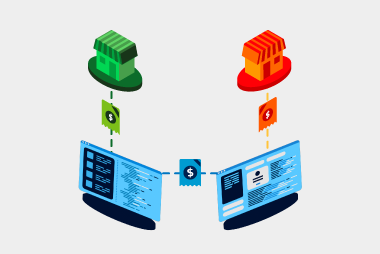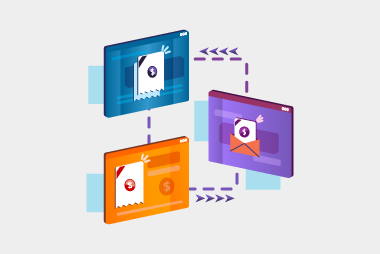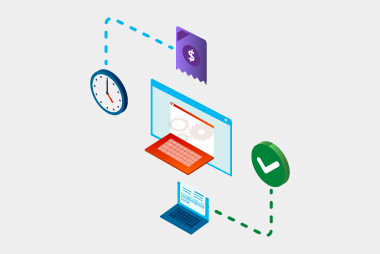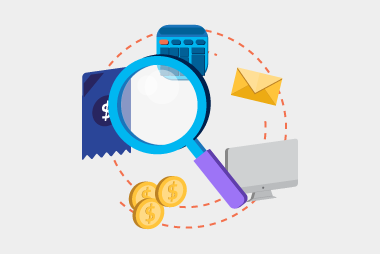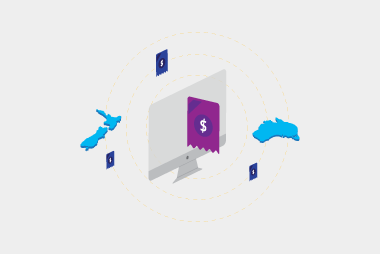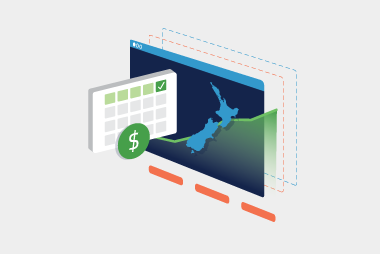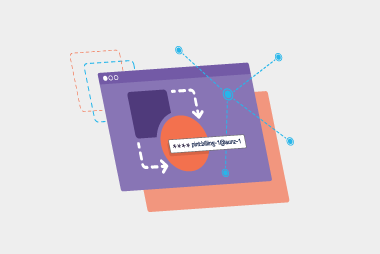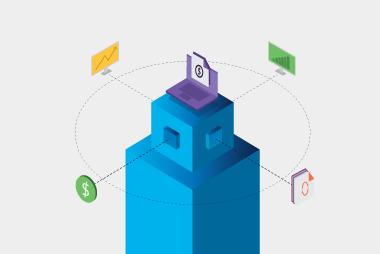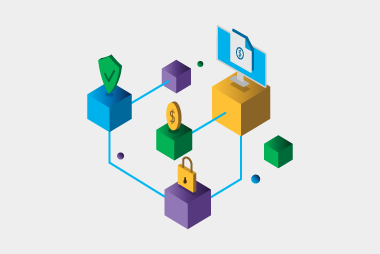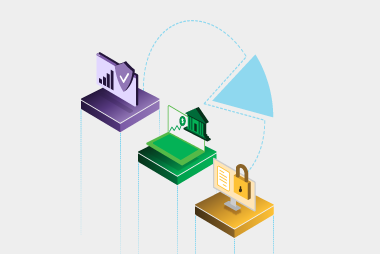What is the Peppol network?
Peppol (Pan-European Public Procurement Online) is a secure global framework designed to standardise and simplify the electronic exchange of documents, like eInvoices,between businesses and governments. Australia and New Zealand have both adopted Peppol standards to drive eInvoicing adoption, ensuring that different systems can talk to each other without complex integrations. Peppol isn't a piece of software. It's a set of standards and a network,and Access Points are how businesses plug into it.What is a Peppol Access Point?
A Peppol Access Point acts like a secure digital post office that connects your business to the wider Peppol network. Instead of every business needing a direct connection to every other business, you simply connect to an Access Point, and your Access Point connects you to the network.How do businesses use Access Points?
You have two main options to connect to an Access Point: 1. Through your software provider Most cloud-based accounting and ERP software (like Xero, MYOB and QuickBooks) already have built-in connections to an Access Point. This is the easiest option for SMEs—you don't need to do anything extra except enable eInvoicing features. 2. Direct registration with an Access Point provider Larger businesses, or those with larger, more complex systems might choose and register with an Access Point, like MessageXchange, directly. This option offers more flexibility but may require a little more setup. Either way, once connected, you can send and receive eInvoices directly from your finance system, with no PDFs, emails, or manual rekeying.Why do Peppol Access Points matter?
Here's why Access Points are so important for the success of eInvoicing:- Security: Access Points use encryption and strict verification processes to ensure that documents are securely transmitted between trusted parties, helping reduce fraud and scams.
- Interoperability: Without Access Points, businesses would need to build one-to-one integrations with every trading partner. With Peppol, you connect once, and can exchange documents with anyone else on the network, anywhere in the world that supports Peppol.
- Speed and efficiency: Because Access Points validate and format invoices automatically, businesses experience fewer errors, faster processing, and quicker payments.
- Compliance: Access Points ensure invoices meet Peppol and local regulatory standards (like ATO requirements in Australia or MBIE requirements in New Zealand), reducing the compliance burden on businesses.
Choosing the right Access Point
Choosing the right Peppol Access Point is key to making eInvoicing work smoothly for your business. Here are four things to consider:- Peppol compliance and functionality: Ensure the provider is Peppol-certified and supports both sending and receiving eInvoices. Look for features like automated validation and compliance checks to reduce errors.
- Integration flexibility: Check that the provider supports integration with your finance or ERP system. Options like APIs, file-based integration or web portals offer flexibility depending on your setup.
- Support and onboarding: Choose a provider with clear onboarding, good documentation and responsive support—especially important if you have multiple entities or trading partners.
- Visibility and reporting: Some providers offer better tools than others. Look for invoice tracking, status updates and reporting dashboards to keep your finance team informed.
Request a call
Chat with one of our experts
Just fill out your details below and we'll be in touch within one business day.
